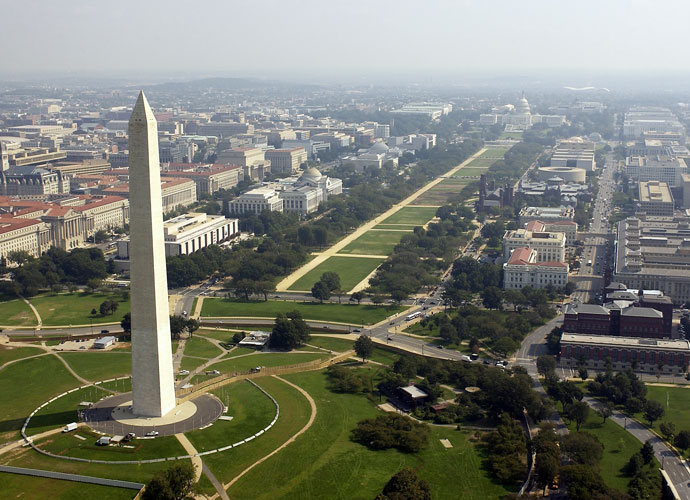Washington, D.C. Ranks #1 For Best City Parks In The U.S.
The Trust for Public Land is paying its annual tribute to parkland, which it describes as “a neutral public gathering place where community members can meet, collaborate and become empowered.” The nonprofit organization has ranked America’s 100 most populated cities in terms of their parks. According to their website, they release ParkScores based on five categories every year: “equity, access, investment, amenities, and acreage.” These standards set Washington, D.C., on top with a ParkScore of 84.8 out of 100, the highest in 2024.
Washington, D.C. boasts 697 parks and green spaces, dedicating 24% of city land to parks and recreation compared to the national average of 15%. The city’s per capita spending on park investment totals around $345 per person, beating the $124 median of the 100 most populous cities. 99% of Washington residents live within a ten-minute walk of a park.
The survey applauds Washington, D.C., on the equitable accessibility of their parks. The statistics show that “residents in neighborhoods of color have access to 52% more park space per person than the city’s average neighborhood and 13% more than those in white neighborhoods.” This is significant in setting Washington apart from other cities; in Minneapolis, Minnesota, with the second highest ParkScore of 2024 at 82.5, “residents in neighborhoods of color have access to 13% less park space per person than the city’s average neighborhood and 54% less than those in white neighborhoods.”
The breakdown of access shows that while predominately black neighborhoods exceed the city median with 73% more access than the city’s average neighborhood (compared to 7% less in Minneapolis), the access of all other communities of color falls below the city median with predominately Hispanic and Latinx neighborhoods at 45% less accessibility. White neighborhood accessibility is 34% over the city median.
Washington, D.C., has held the highest ParkScore since 2021, with a score of 84.4, rising to 84.9 in 2022 and maintaining that number in 2023. Since then, neighborhoods of color have consistently had 13% more access to park space than white neighborhoods. It’s unclear if there has been any increase in accessibility for neighborhoods with less access, such as neighborhoods with predominantly Hispanic, Asian, Native, Pacific Islander and multiracial populations.






Leave a comment